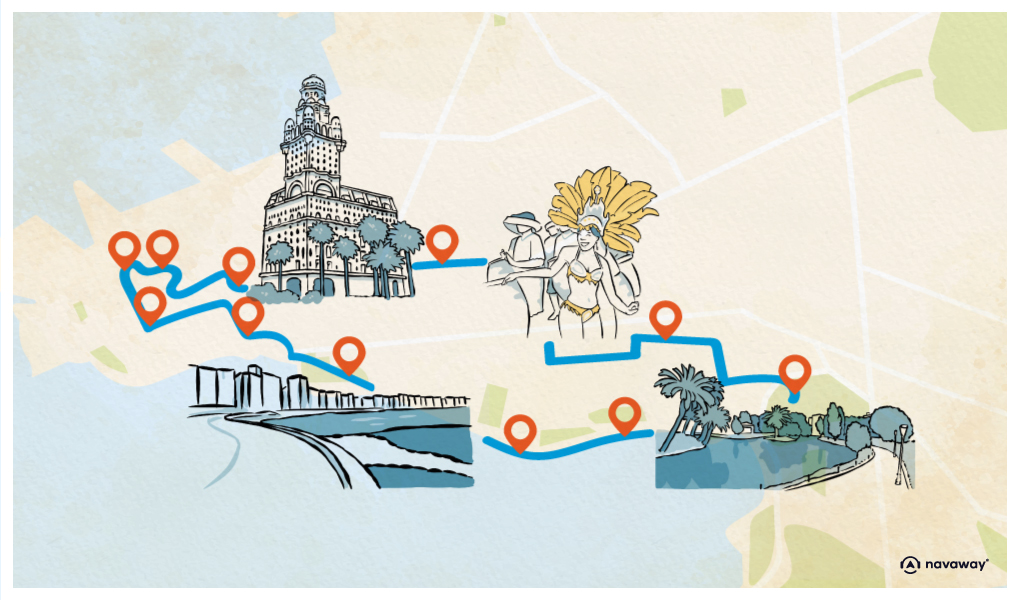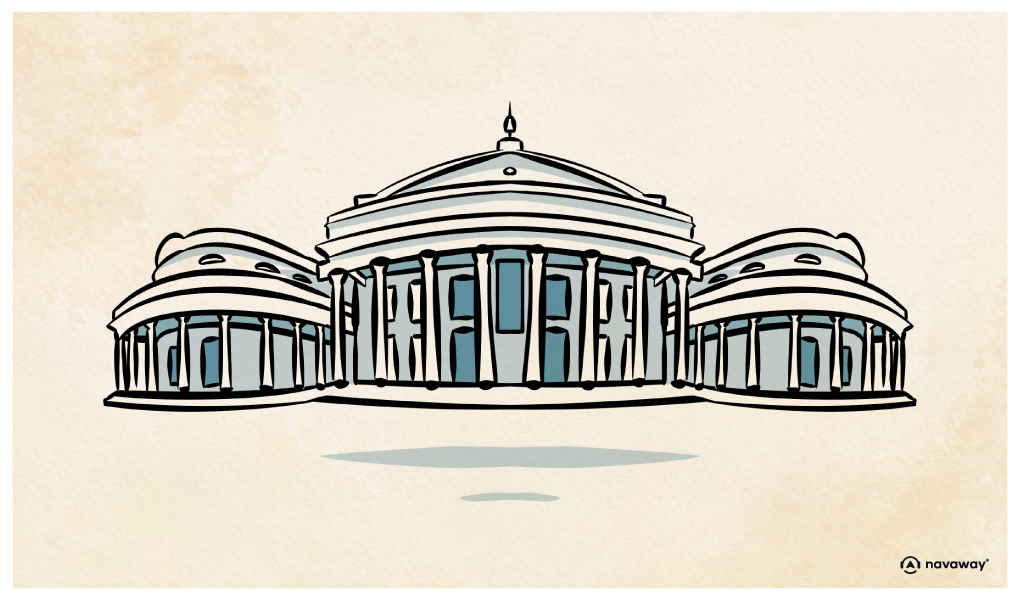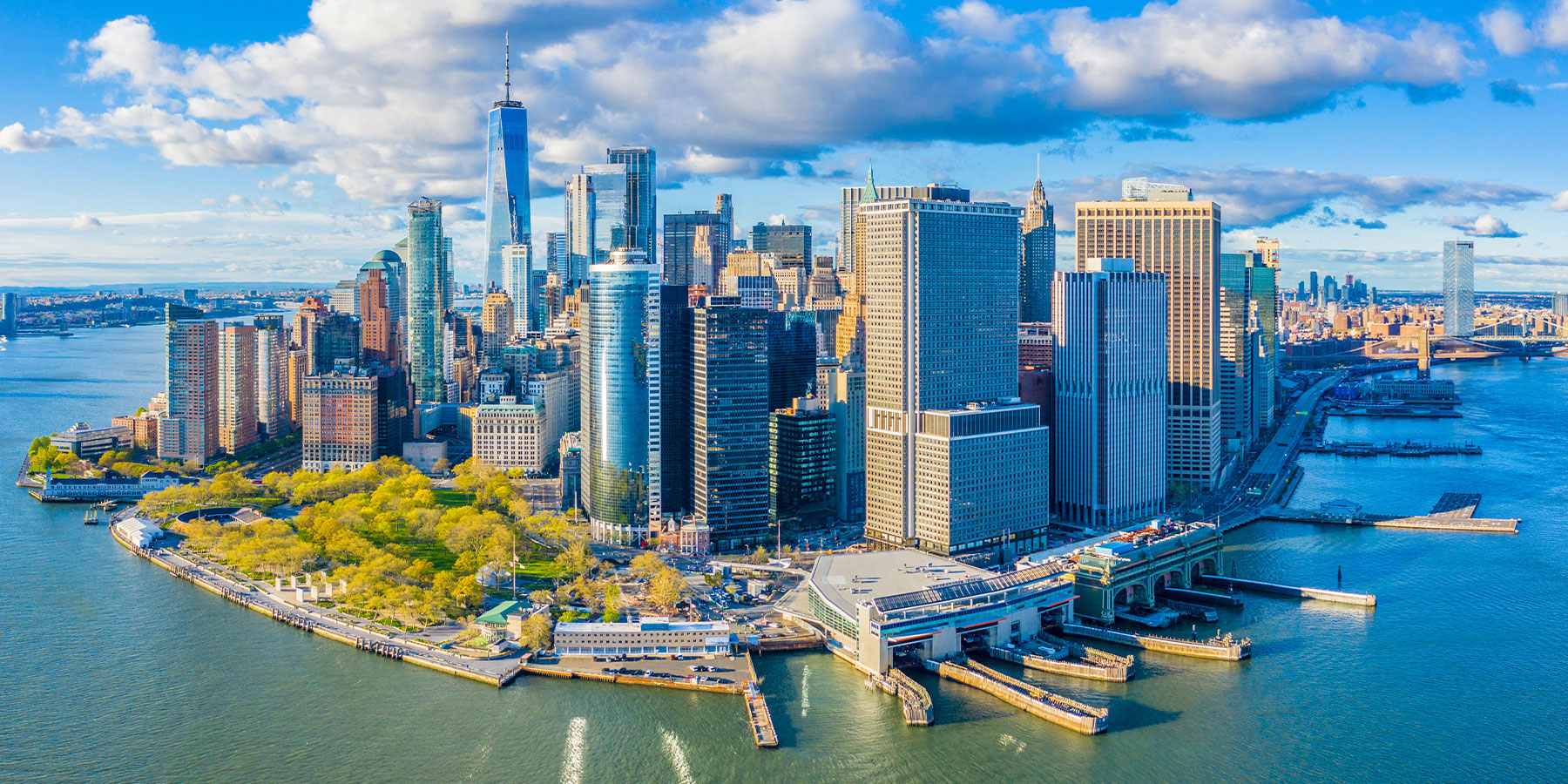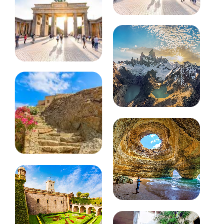
Solis Theatre

This point of interest is available as audio on the tour: Visit Montevideo, The Sixth Mountain From East to West
You’re now standing in front of the Teatro Solís, Uruguay’s main opera house and the oldest theater in South America. Built in 1856, just 17 years after the country gained its independence, the Solís wasn’t just meant to be a stage for performances, it was designed to be a symbol. When it was first inaugurated, several names were tossed around: the Theater of Peace, of the Sun, of May, of Artigas, of the Constitution, of Harmony… but in the end, they chose Solís, in honour of Juan Díaz de Solís, the first European to reach the Río de la Plata. All those name ideas suggest that this wasn’t just about building a theater, it was about making a statement. The people behind the project belonged to a rising social class, eager to invest in public life and create a space that would reflect the values of a young and forward-looking nation. A place where people could gather, express themselves, see and be seen. The goal was to create a cultural hub worthy of Uruguay’s free spirit, a place that embodied harmony, creativity, and prosperity for the new society of the Oriental Republic. The building was designed by Italian architect Carlo Zucchi, with a horseshoe-shaped auditorium inspired by La Scala in Milan, and a façade that recalls the Carlo Felice theater in Genoa. Later, two semi-circular wings were added by French architect Victor Rabu, who designed so many churches in Montevideo that locals called him “Mister Church.” In the end, it was a resounding success. Over a century ago, Argentine politician Miguel Cané said, “South America doesn’t have a single theater that could rival the Solís, and many great European cities would be proud to show it off as a masterpiece worth visiting.” In 1878, the first Uruguayan opera premiered right here, La Parisina by Tomás Giribaldi. Since then, the stage has welcomed world-renowned performers, and today, the Solís remains a cornerstone of Uruguay’s cultural life. It’s not just a heritage site, it’s a place for everyone. Its programming champions diversity and creativity, offering a space for independent artists and new voices. The theater reflects the spirit of its city: it’s open, inclusive, accessible, and a model for public and cultural policy in the country.


Discover Montevideo with app
An interactive guide through the most beautiful streets, squares, and districts
19 fun audioguides full of historical facts, anecdotes, and legends





Comments